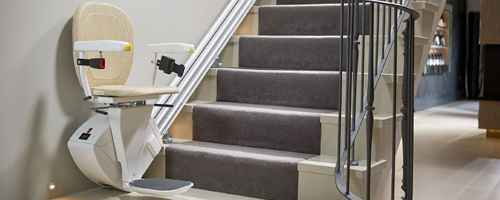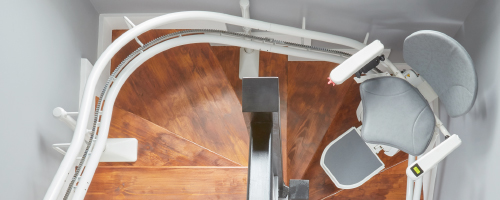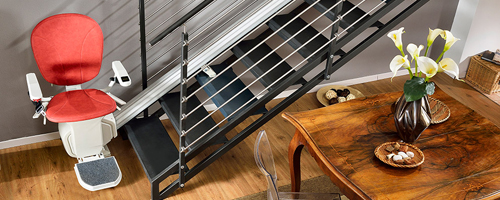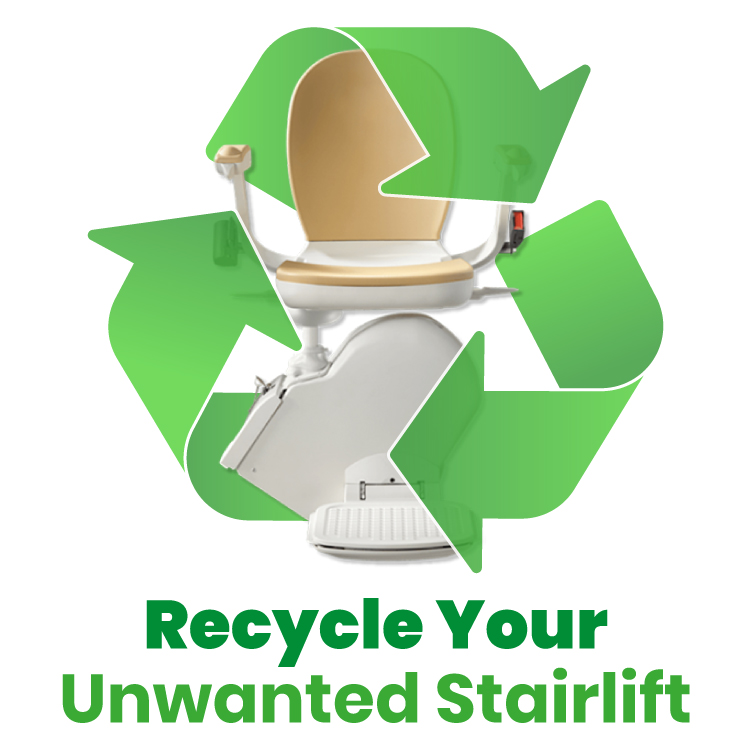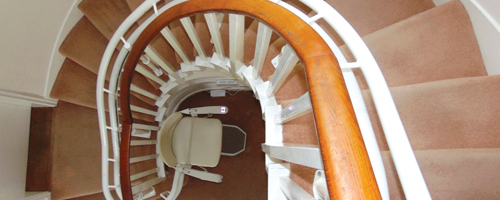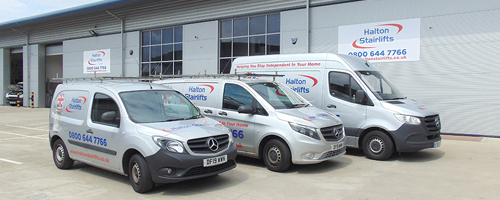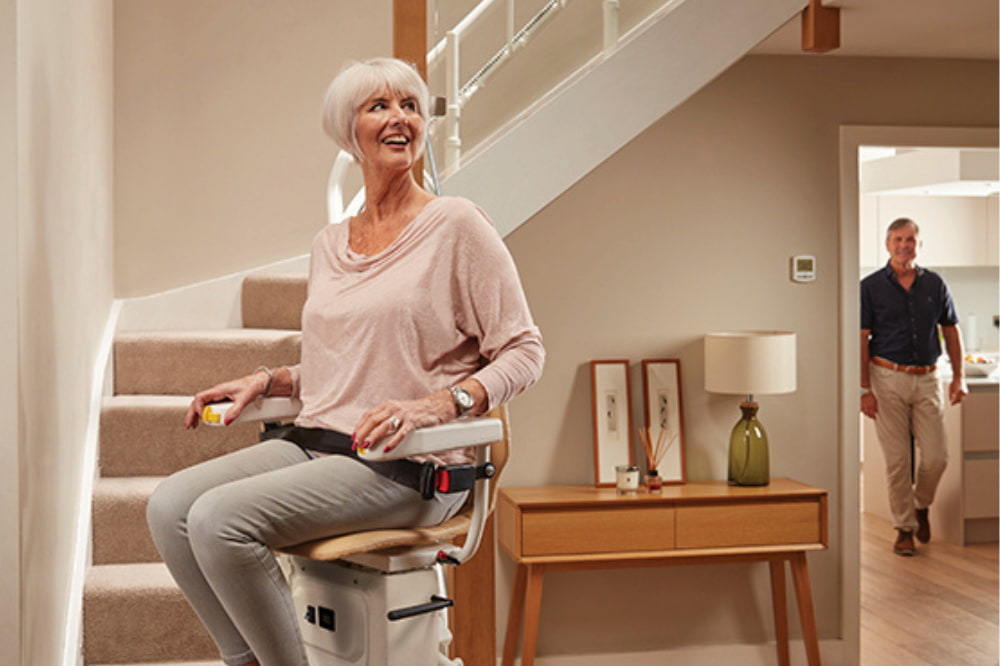As we age, maintaining mobility becomes increasingly important for our overall well-being.
Mobility is not just about the ability to move from one place to another; it encompasses a wide range of physical functions that allow us to live independently and enjoy a high quality of life.
For the elderly, improving your flexibility and preserving mobility is of paramount importance. Read this article as we look further into the numerous benefits of improving mobility in the elderly and discuss the strategies to help them maintain and regain their freedom of movement.
The Benefits of Improving Mobility in the Elderly
Mobility is a key component of healthy ageing, and it goes beyond simply being able to walk or stand. It includes activities such as getting out of bed, climbing stairs, reaching for objects, maintaining balance, and being able to move easily without physical strain and pain.
Without adequate mobility, the elderly can become more vulnerable to various health issues and experience a reduced quality of life. This is why it is so important to spend a lot of time moving so they can maintain their mobility and independence and, therefore, live a quality life. Find below more reasons why the importance of mobility for the elderly is important.
Independence and Quality of Life
One of the most significant benefits of improving mobility for the elderly is the preservation of their independence.
Maintaining the ability to perform daily tasks, such as bathing, dressing, and preparing meals, allows them to live on their own terms and retain a sense of control over their lives. This independence leads to a higher quality of life and greater overall satisfaction.
Reduced Risk of Falls
Mobility is closely tied to balance and coordination, two factors that play a crucial role in fall prevention.
Falls are a major concern for the elderly and can lead to serious injuries, such as fractures and head trauma. Breaks happen more easily as we age due to bones becoming more brittle, so prevention of falling in the first place is key.
By improving mobility, seniors can enhance their balance and reduce the risk of falling, which is particularly important as we age.
Enhanced Social Engagement
Mobility is also a key factor in maintaining social connections. When seniors can move around more easily, they are more likely to participate in social activities and maintain their relationships with friends and family. Isolation and loneliness are common issues among the elderly. Targeting mobility at its core can therefore help combat the issues of social isolation and loneliness.
Strategies for Improving Mobility
Now that we understand the importance of mobility for the elderly, here are some strategies for improving and maintaining this crucial aspect of health.
Regular Physical Activity
Engaging in regular physical activity is one of the most effective ways to improve mobility for the elderly. Activities like walking, swimming, and chair exercises can help build strength, flexibility, and endurance. Physical activity also supports joint health and bone density, further promoting mobility.
Strength Training
Strength training exercises are particularly important for maintaining and improving mobility. These exercises, which can be adapted to the individual’s fitness level, help build muscle strength and stability.
Resistance bands, weights, and bodyweight exercises can be used to target different muscle groups. Training sessions incorporating a full range of movement will include great mobility exercises such as deep squats, lunges, or arm overhead weights.
If doing single arm or leg movements, be sure to switch sides, go from the starting position, and repeat.
Balance and Coordination Training
Focusing on balance and coordination is essential for fall prevention. Balance exercises, such as standing on one leg or walking heel-to-toe, can be integrated into a daily routine. Moving slowly with exercises such as Tai Chi and yoga are excellent practises that combine balance, flexibility, and relaxation, making them well-suited for the elderly.
Stretching and Flexibility Exercises
Stretching and flexibility exercises help maintain joint mobility and reduce the risk of stiffness and pain. Gentle stretches for the major muscle groups, especially those that tend to tighten with age, can improve mobility and comfort.
Assistive Devices
Sometimes, mobility improvements can be achieved with the help of assistive devices. Canes, walkers, wheelchairs, and stairlifts can provide the support necessary for seniors to move safely and comfortably while outside and within their own homes. These devices should be selected and adjusted to the individual’s needs and abilities.
Professional Guidance
For a personalised mobility improvement plan, seniors can consult with healthcare professionals. Physical therapists, occupational therapists, and geriatric specialists can provide expert guidance and tailor exercises to the individual’s specific needs and limitations.
Nutrition and Hydration
A balanced diet and proper hydration are fundamental for maintaining muscle and joint health. Adequate nutrition supports the body in maintaining its strength and mobility. Seniors should focus on a diet rich in fruits, vegetables, lean proteins, and calcium to support bone health.
Measuring Progress
To reap the benefits of the strategies taken to measure progress, we must measure the progress of an elderly individual to see if their mobility is improving.
This not only motivates the individual but also helps healthcare professionals and carers gauge the effectiveness of interventions. Some common ways to measure mobility progress include the following.
Timed Tests
Measuring how long it takes to complete certain tasks, such as walking a certain distance or getting up from a chair, can show improvements in mobility over time.
Range of Motion
Tracking improvements in joint flexibility and range of motion can provide valuable insights into mobility gains.
Functional Assessments
Functional assessments involve evaluating the individual’s ability to perform specific daily activities, like getting dressed, preparing a meal, or bathing, and assessing their independence in these tasks.
Balance Tests
Balance assessments can help determine improvements in stability and coordination. These tests often involve activities that challenge the individual’s balance, such as standing on one leg or walking in a straight line.
Opt for a Stairlift Today
The benefits of improving mobility for the elderly cannot be overstated. Maintaining independence, reducing the risk of falls, enhancing social engagement, and improving overall quality of life are just a few of the advantages.
Through regular physical activity, strength training, balance and coordination exercises, stretching, and proper nutrition, seniors can work towards maintaining and enhancing their mobility. Additionally, assistive devices and professional guidance are available to provide support on their journey to better mobility.
It is important to remember that mobility improvement is a gradual process, and patience is key. Improving mobility for the elderly can have a profound impact on their quality of life and overall well-being.
Whether through the use of assistive devices like stairlifts, physical therapy, or simple lifestyle changes, the benefits are numerous and far-reaching.
Enhanced mobility not only fosters independence but also reduces the risk of accidents, enhances social engagement, and contributes to better physical and mental health.
At Halton Stairlifts, we are committed to making a positive difference in the lives of the elderly by providing safe and reliable mobility solutions. We understand that every individual’s needs are unique, and our goal is to help you find the best fit for your specific circumstances.
By addressing mobility challenges head-on, we can ensure that the elderly maintain their independence, dignity, and happiness throughout their golden years.
It is never too late to improve mobility and enjoy a more active and fulfilling life in your later years.
Contact Halton Stairlifts to discuss how we can help you improve your mobility in your home or the home of a loved one. Receive a free quote from us and begin your journey to find your perfect stairlift with us.

Neil is the founder of Halton Stairlifts. He has years of experience installing stairlifts across the UK. With an eagerness to help those with mobility issues get up the stairs, Neil understands how important it is for a seamless and straightforward approach to installing stairlifts to help those in need quickly.
